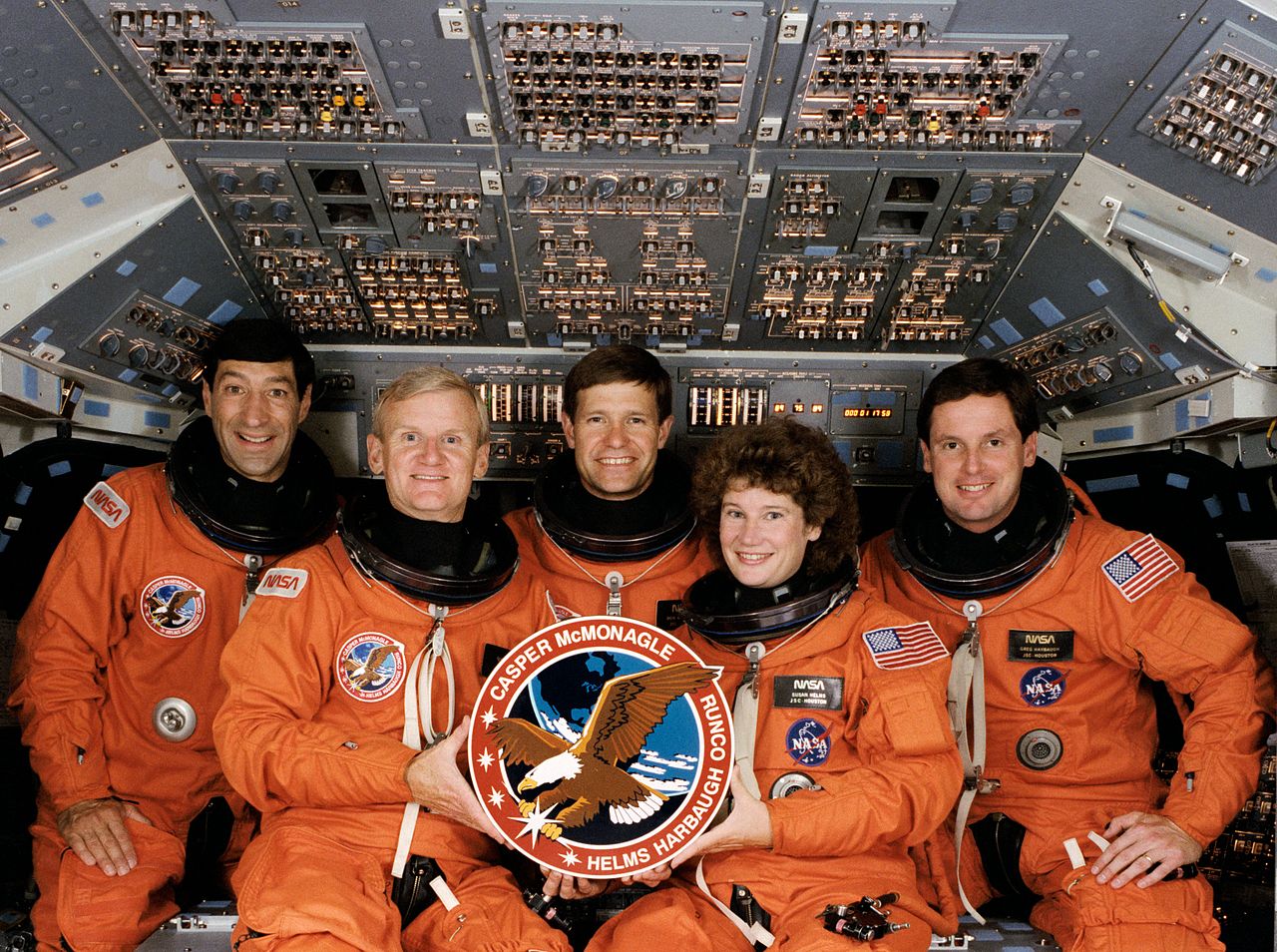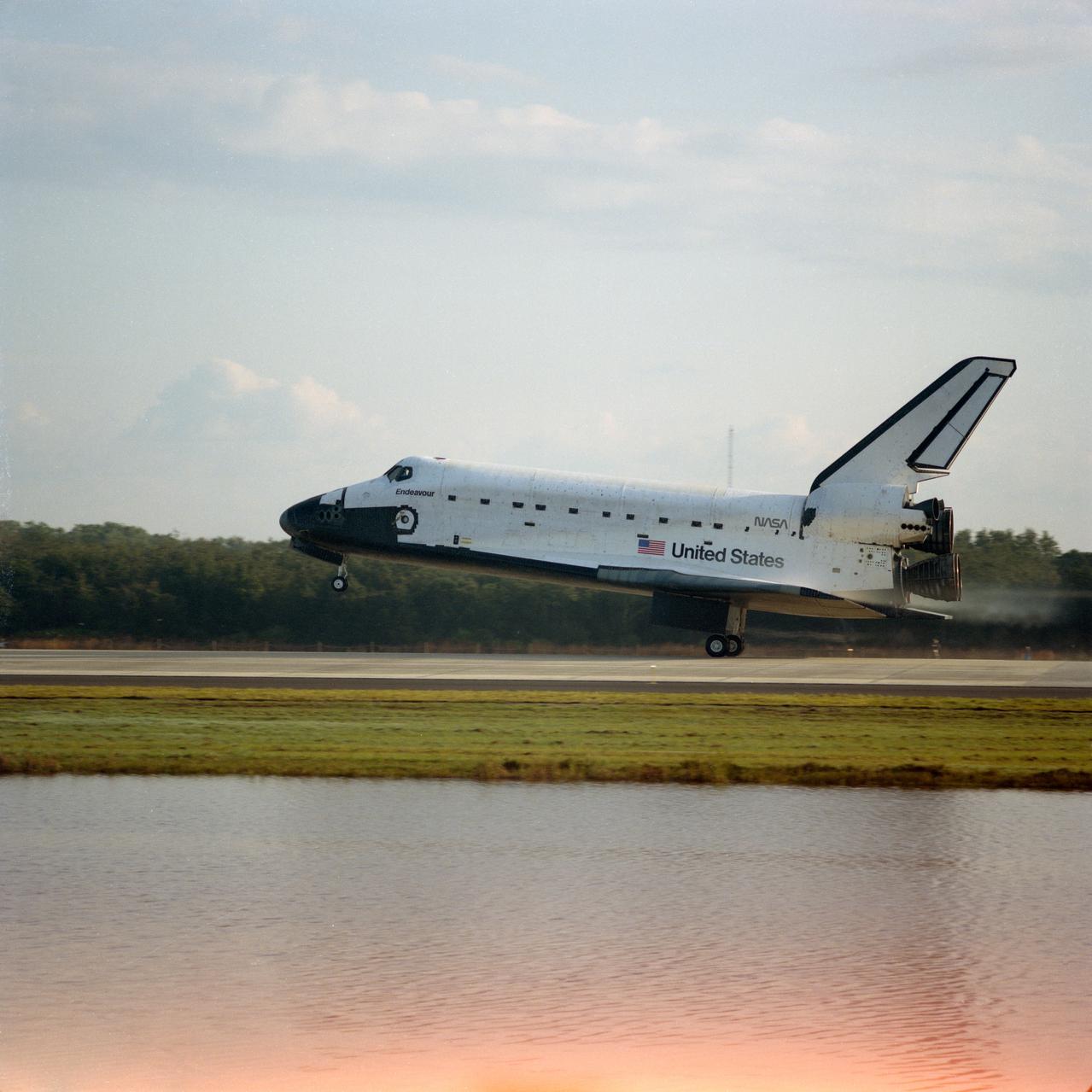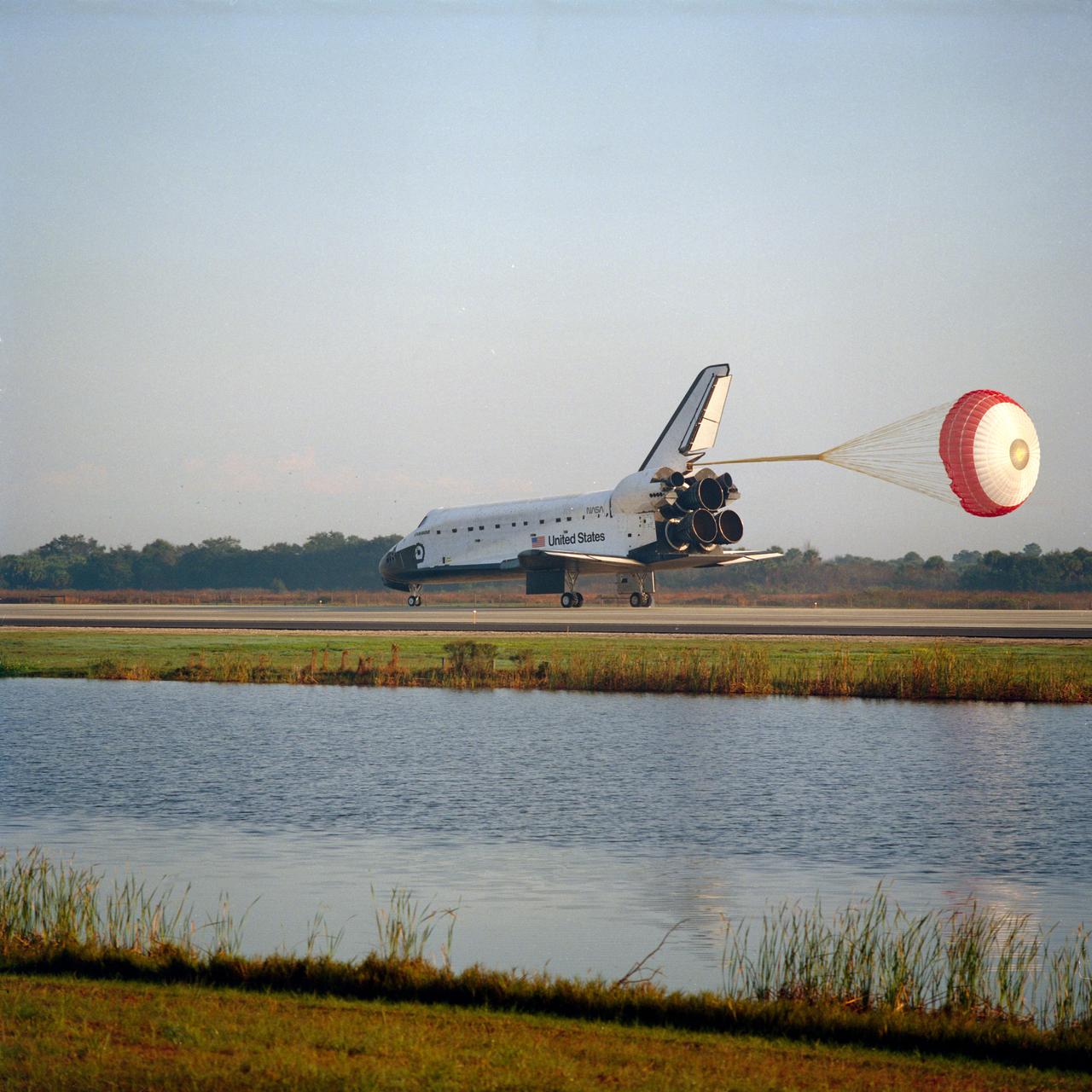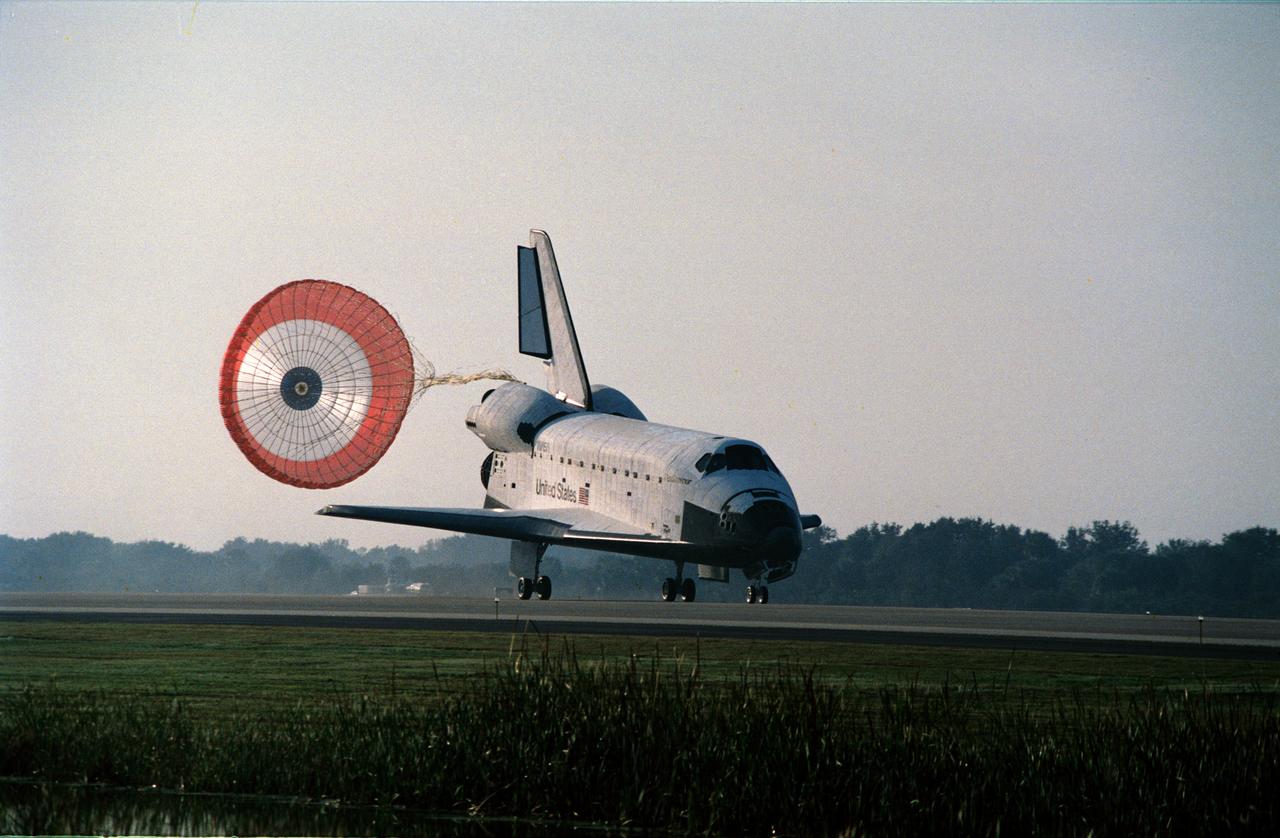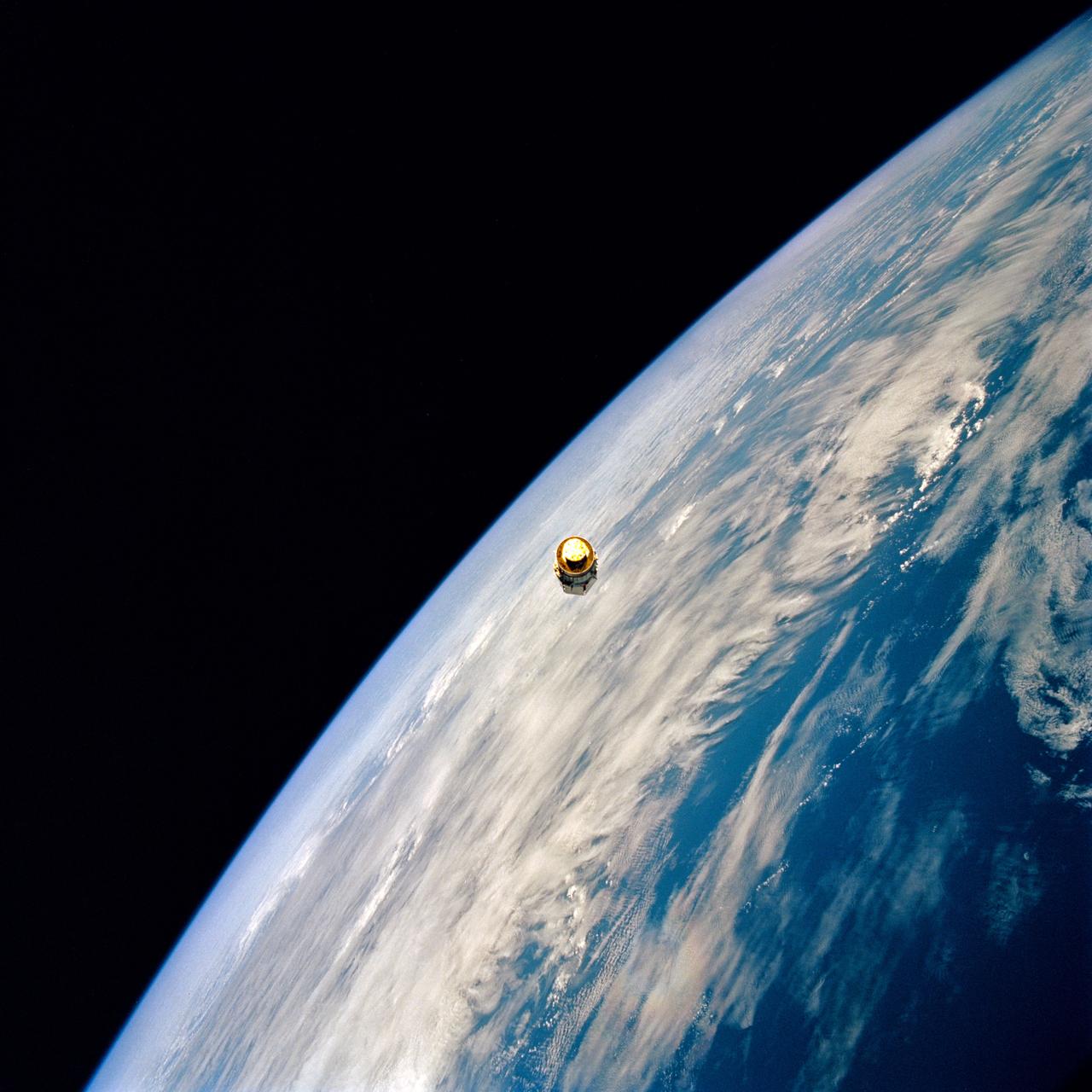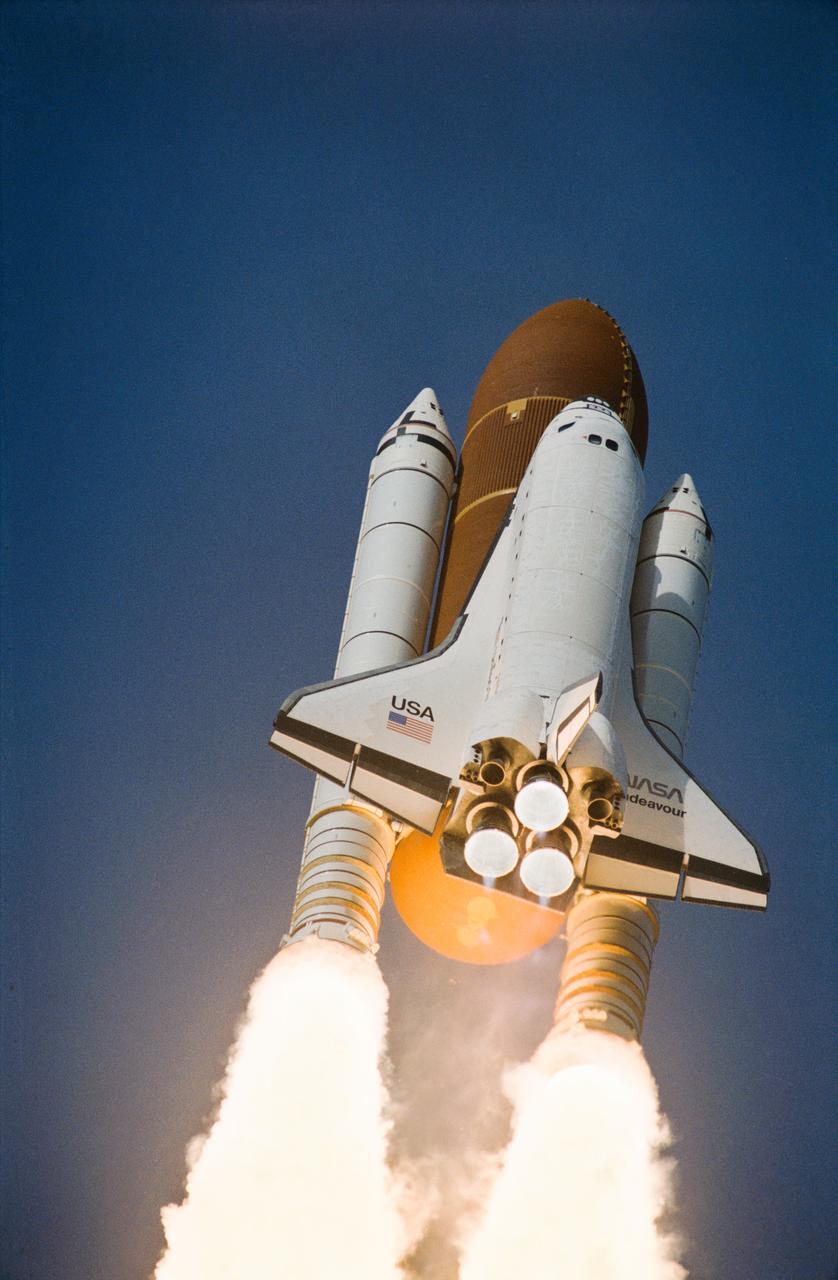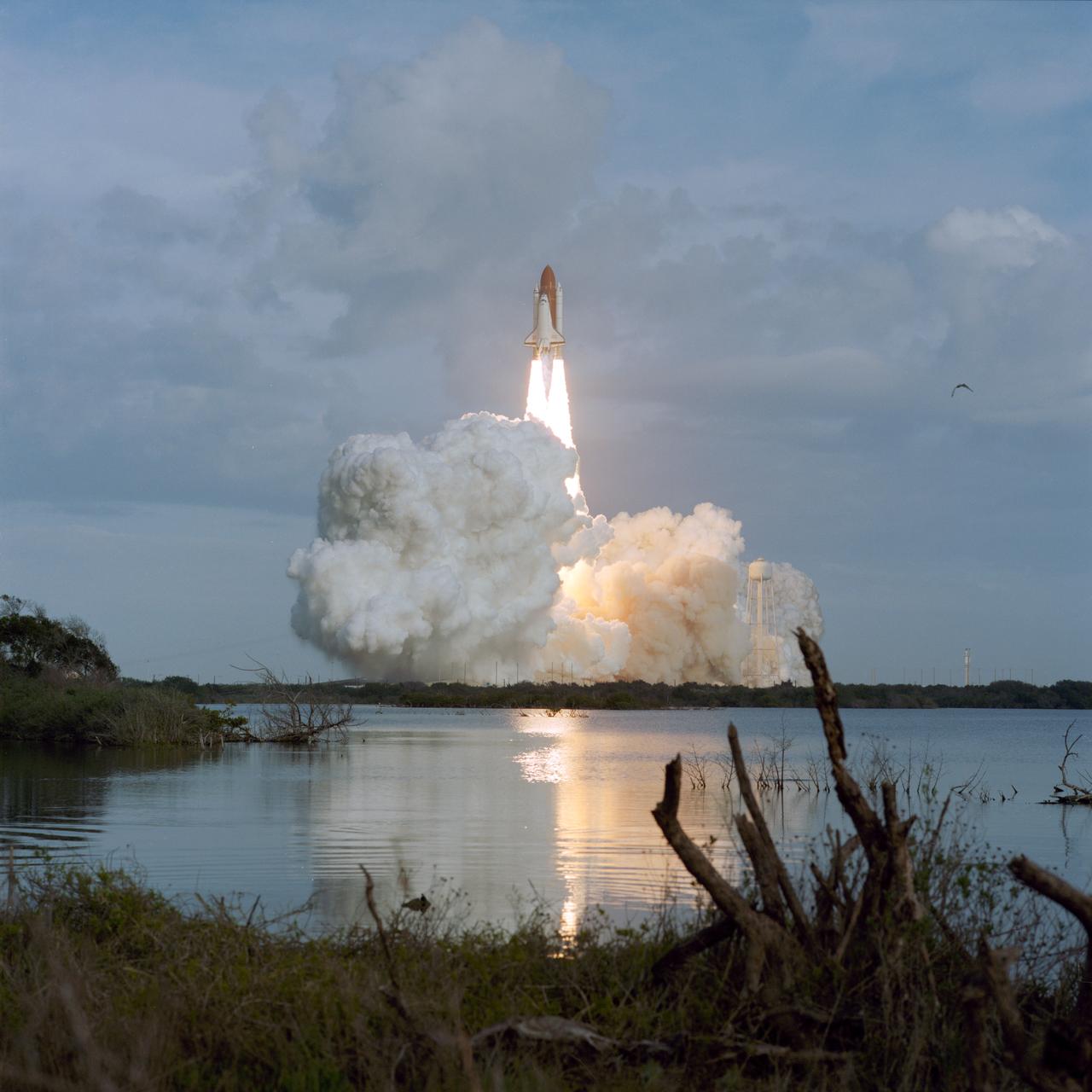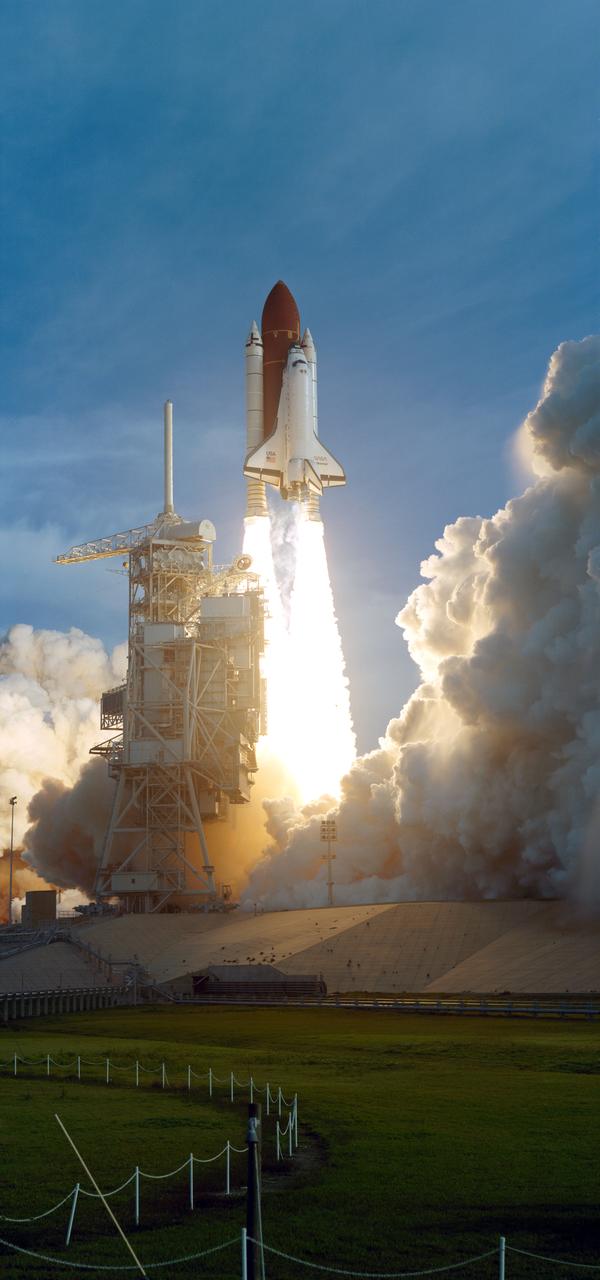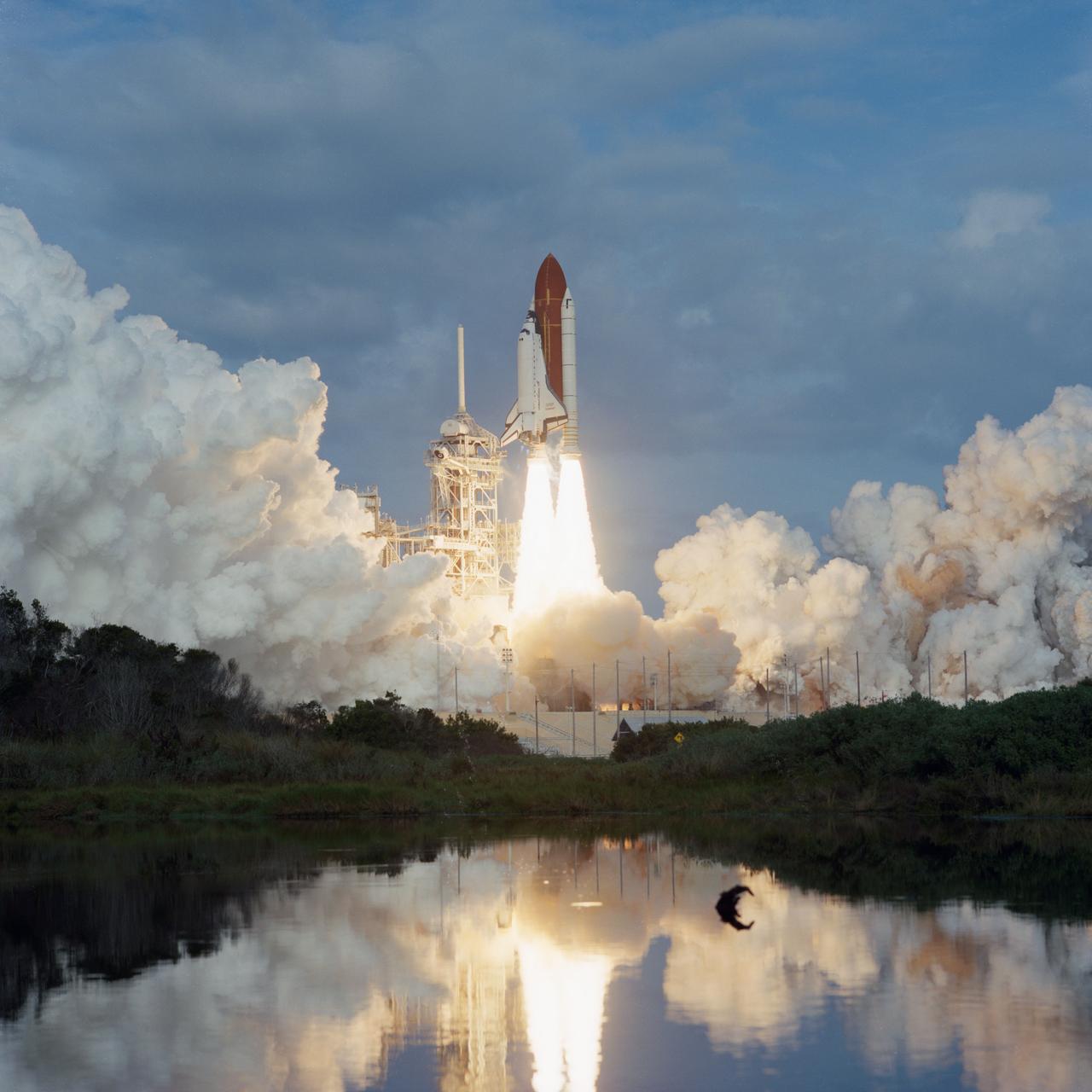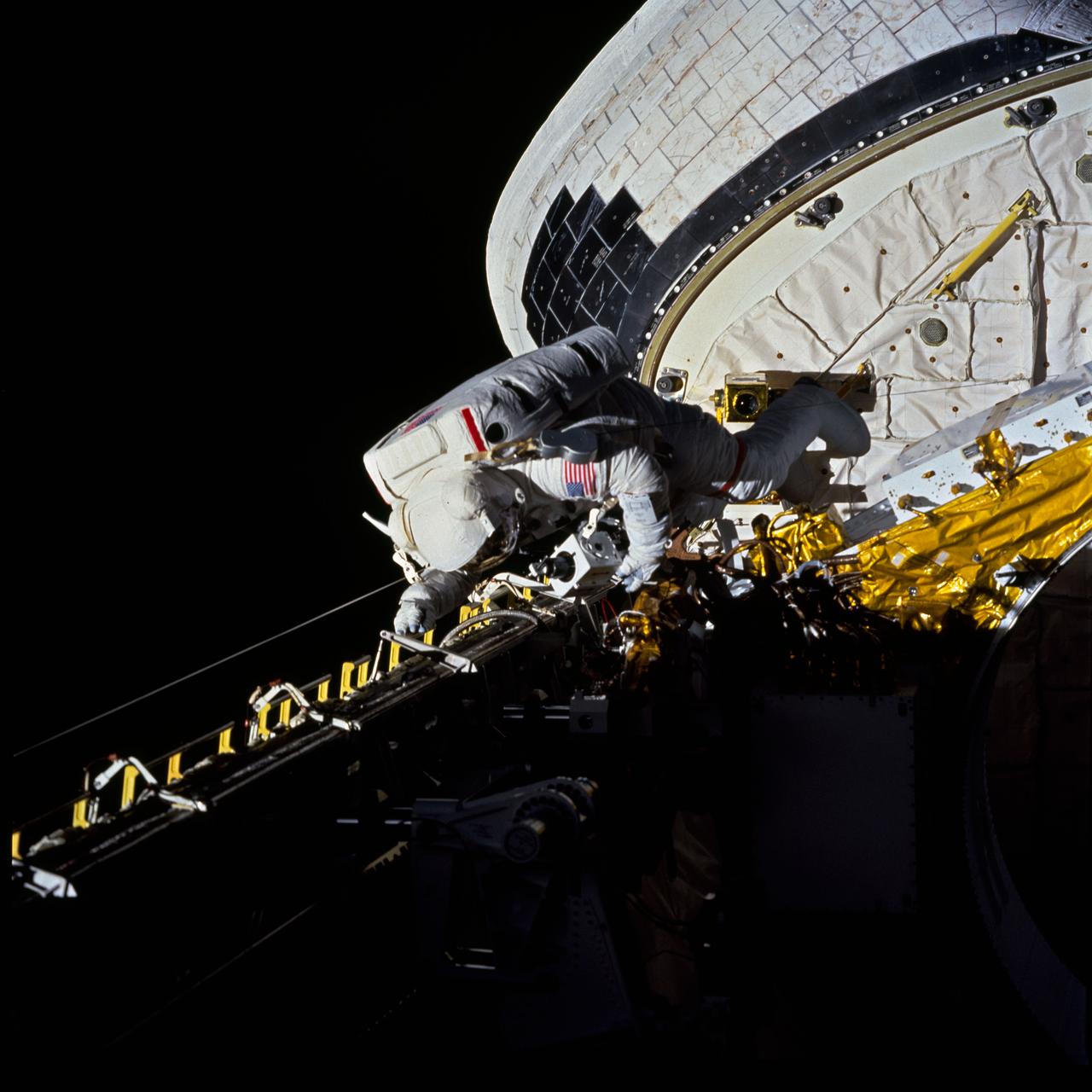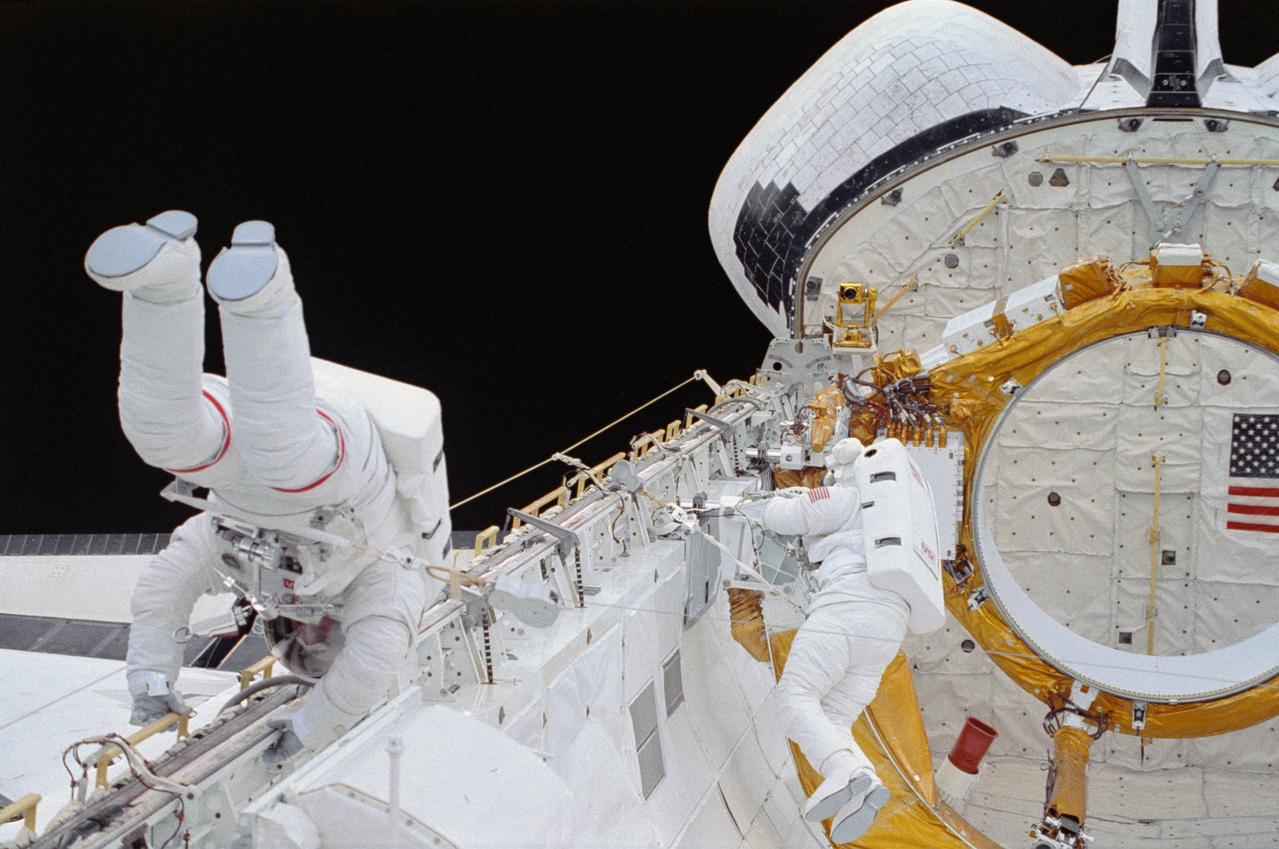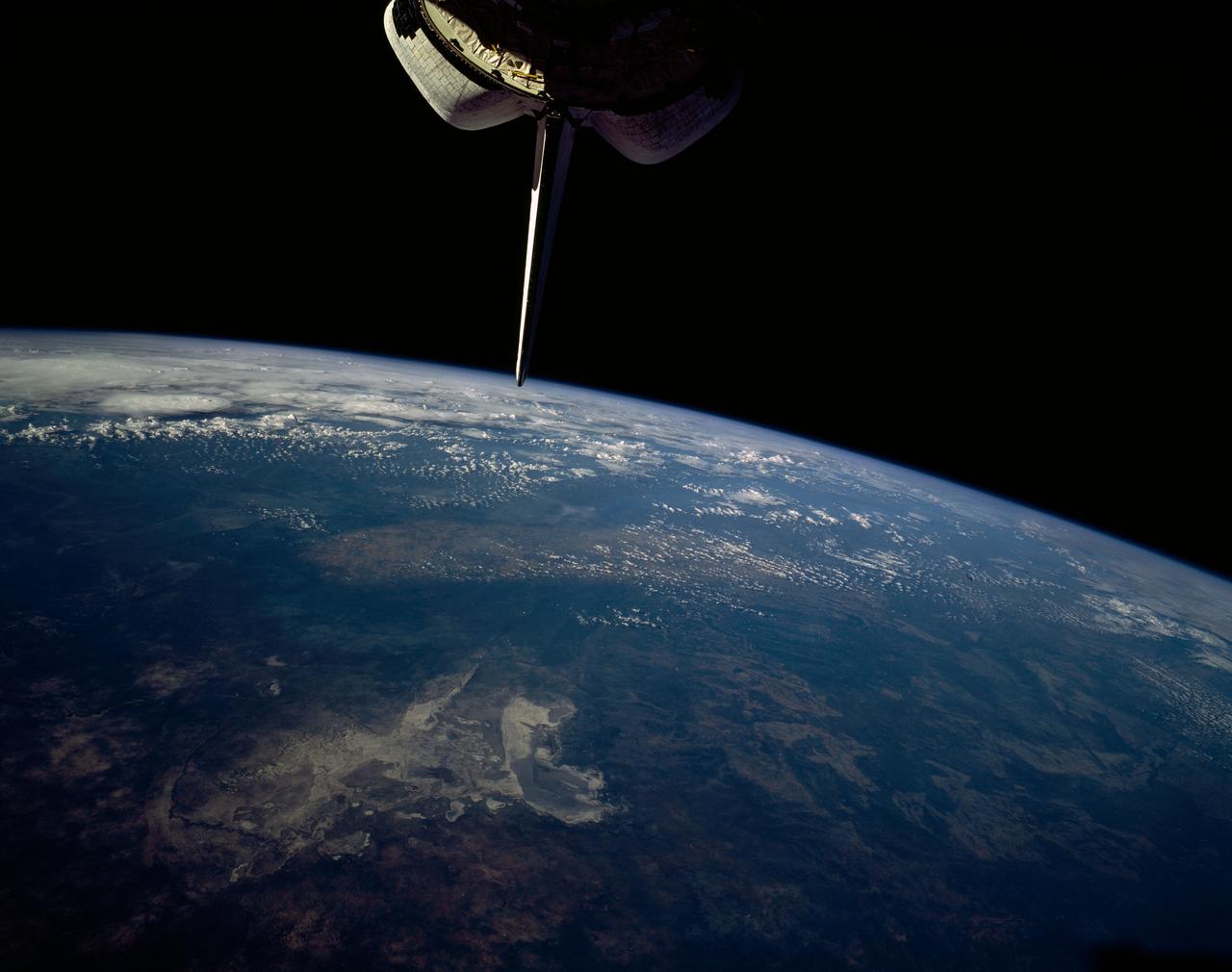STS-54 Fact Sheet
By Cliff Lethbridge

STS-54 — Endeavour
53rd Space Shuttle Mission
3rd Flight of Endeavour
Crew:
John H. Casper, Commander
Donald R. McMonagle, Pilot
Mario Runco, Jr., Mission Specialist
Gregory J. Harbaugh, Mission Specialist
Susan J. Helms, Mission Specialist
Orbiter Preparations:
Tow to Orbiter Processing Facility – September 20, 1992
Rollover to Vehicle Assembly Building – November 23, 1992
Rollout to Launch Pad 39B – December 3, 1992
Launch:
January 13, 1993 – 8:59:30 a.m. EST. Launch was delayed about 7 minutes due to unacceptable upper atmosphere winds.
Landing:
January 19, 1993 – 8:37:49 a.m. EST at Runway 33, Kennedy Space Center. Rollout distance was 8,724 feet. Rollout time was 49 seconds. Mission duration was 5 days, 23 hours, 38 minutes, 19 seconds. Landing occurred during the 96th orbit.
Mission Summary:
The primary payload was NASA’s Tracking and Data Relay Satellite-6 (TDRS-6), the fifth satellite in the TDRS cluster. TDRS-6 was deployed using an Inertial Upper Stage (IUS) booster.
Other payloads included the Diffuse X-ray Spectrometer (DXS), Commercial General Bioprocessing Apparatus (CGBA), Chromosome and Plant Cell Division in Space Experiment (CHROMEX), Physiological and Anatomical Rodent Experiment (PARE), Space Acceleration Measurement Equipment (SAMS) and Solid Surface Combustion Experiment (SSCE).
Astronauts Runco and Harbaugh performed a 4 hour, 28 minute spacewalk on January 17, 1993 to increase NASA’s knowledge of working in space. The astronauts practiced moving about freely in an empty cargo bay, climbing into foot restraints without using their hands and carrying large objects in a simulated work environment.
SELECTED NASA PHOTOS FROM STS-54
